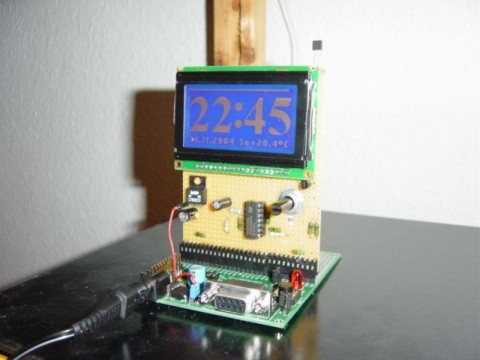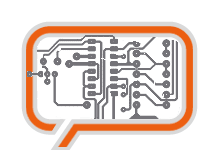A weblog focused on interesting circuits, ideas, schematics and other information about microelectronics and microcontrollers.
E-books
Disclaimer
Because I have not tested all electronic circuits mentioned on this pages, I cannot attest to their accuracy; therefore, I do not provide a warranty of any kind and cannot be held responsible in any manner.
T-Clock
Demo-application for Philips LPC2000 ARM7TDMI controller with a KS0108/KS0107-based graphics-LCD (128*64 pixels), DCF77 time-receiver and 1wire-Bus.

The "T-Clock" (name from the "flipped" T-Shape) demonstrates interfacing a Philips LPC2000-ARM7TDMI with:
* Graphics-LCD with KS0107/0108 controller
* Contrast and Brightness of LCD controlled by Software (Hardware-PWM)
* DCF77 receiver (standard time broadcasted by the PTB)
* Onewire-Interface to Maxim/Dallas Temperature-Sensors (DS18x20)
* Rotrary Encoder for GUI
* Internal controller flash-memory to store configuration-values (contrast/brightness) using IAP
* UART in "interrupt-mode" for status-output
The time and date are received with a DCF77-receiver-module (available i.e. from elv.de and conrad.com, ca. 10 EUR). The DCF77-signal is transmitted from a station near Frankfurt/Main, Germany and can be received all over Europe, North Africa and the Middle-East. Please visit www.ptb.de and ask google with "DCF77" for more information. In times when the DCF77-signal is not available (i.e. thunder and lightning near transmitter) the RTC of the LPC-controller is used to drive the clock.
A temperature-sensor from the DS18x20 family by Maxim/Dallas is used. The sensors provide the temperature in digital form on a One-Wire-Bus. The Maxim Web-Site has a lot of information on the One-Wire-Bus.
